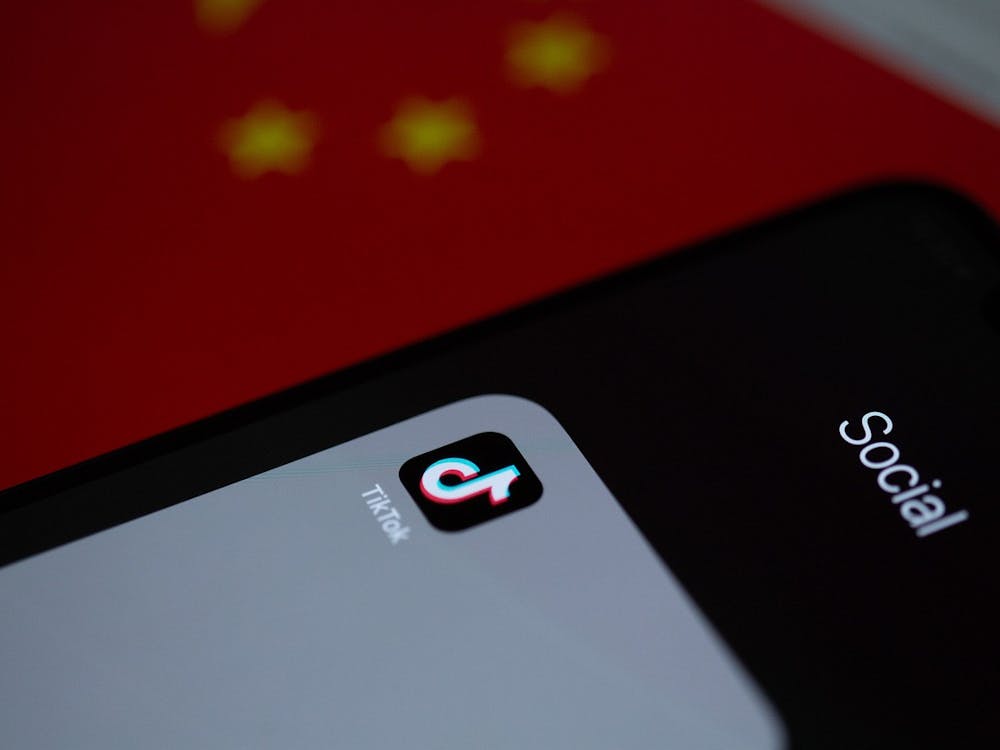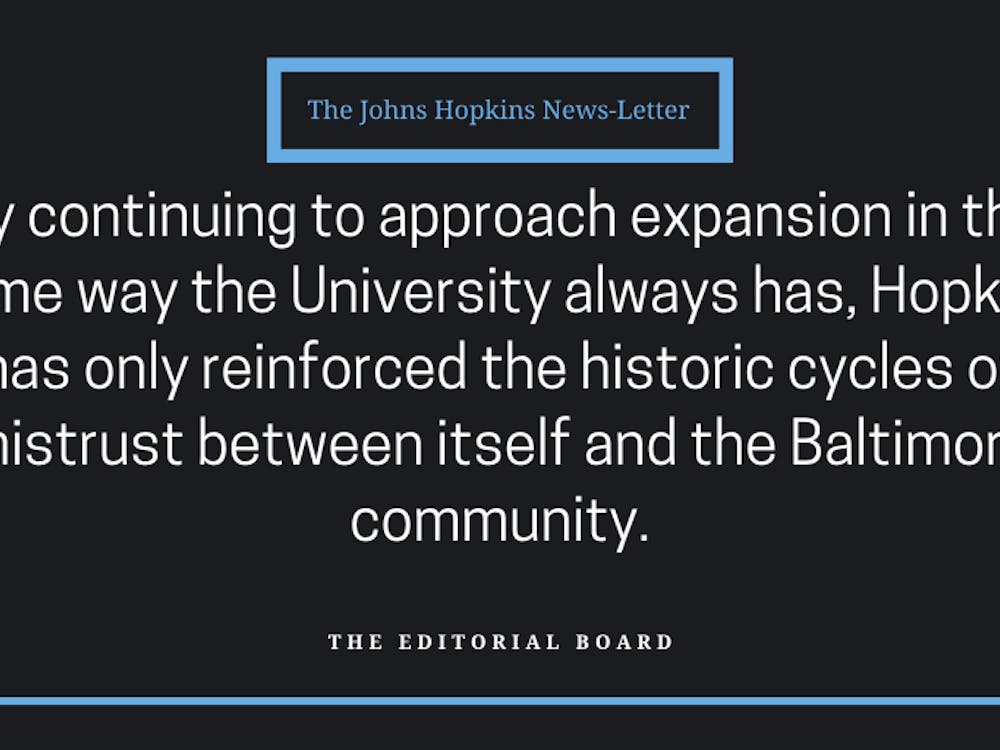It may be 2014, but the silver screen has been stuck in a temporal loop since the 1950s. Sexism in media has been normalized over time, so much so that we don’t even realize it anymore. A study from the University of Southern California captures how women are still underrepresented in the media: To begin with, only 1.9 percent of directors are female and 25 percent of all speaking roles in animated films are filled by women. Lastly, of 25,000 speaking characters in 600 top-grossing films between 2007 and 2013, only about 20-27 percent were women — what?
Why haven't the alarms been sounded? The authorities notified? Riots started in the streets? Even though this issue doesn't seem to be widely contested, we definitely are fighting battles on behalf of women in the media anyway. One of these battles has resulted in a total body image revolution. One of the primary focuses of women in the media has been to abolish the ideal of a "perfect" body type — great news for the 99 percent of women in the world who don't look like models. I personally find it easier to face myself unashamed in the mirror nowadays. Yay. However, at the same time, how have we all failed to grasp that apparently only a third — less than a third even — of speaking roles are women? The best answer to that, my darlings, is the sad fact that this is just the status quo.
“How is this normal?” you may go onto ask. Simple. The problem has just been building like a gas leak: subtle and unassuming until you can't help but notice that it's pretty loud and inflammatory. This genteel style of sexism is not the overt discrimination that led to the 19th Amendment and the women’s suffrage movement. This type of discrimination is one of the reasons why such unflattering stereotypes have emerged around feminists. Sexism is normalized in our culture from a very young age, and the process begins with every busy parent's best friend: television sets.
To begin with, the percentage of characters in family films wearing sexy attire by gender is 28.7 percent female and eight percent male. This fact makes you recall many characters such as Ariel from The Little Mermaid, Jasmine from Aladdin and Meg from Hercules. You pause and ask yourself why you didn’t ever question their apparel? Why are these outfits considered okay to include in a children's movie to begin with? What subliminal messages could they have planted in my brain when it was at its most pliable state? Women have been getting over their historical damsel-in-distress period, but it seems that women have traded one evil for another: Young women are being hyper sexualized, and the media has reinforced that it's normal.
Now for an even bigger shocker: The percentage of family films with a male narrator is 73.5 percent. I can't recall there being many big family movies or coming-of-age stories with female main characters when I was growing up. I remember amazing movies such as A Christmas Story, The Princess Bride, The Perks of Being a Wallflower and Little Manhattan, in which those little boys narrated their growth and small revelations in romance, family and coming of age. When I imagine the coming of age genre with a main female lead, I can remember 13 Going on 30, Princess Diaries and... that’s it. In both films, a major part of the “growth” of the female protagonist pertains to appearance, breast development, makeup and romantic awakening. That’s angering because we, females, are more than hormone-driven mirror addicts. So why don’t we see that in the media?
Now let’s proceed to another aspect of this message: The media presentation of female leaders and women with higher education.
Amy Farrah Fowler from The Big Bang Theory is a very obvious example of how we see the unattractive educated woman. She’s socially awkward, missing obvious social cues throughout the series, and she lusts for romance. This only fuels the stereotype that as a highly educated woman, she has traded date time for lab time. In contrast, Bernadette is the quintessential attractive educated woman. Bernadette is inherently humorous because she is dating Howard, who has been a sex-orientated character from the beginning. Subsequently, Bernadette is in a way simply a pretty accessory to Howard’s character. Now Penny — what does it say about women in general for Penny to be the “normal” one? She’s a failed actress who doesn’t appear to have much motivation to quit her waitressing job. She also puts a lot of emphasis of dressing well and is sexualized very often due to her outfits. In fact, she’s almost portrayed as a nymph, so Sheldon can comedically misinterpret any of her “romantic” cues.
Then, when I think of female leaders in the media, I think of one particular movie: The Devil Wears Prada. Meryl Streep’s character, the “devil,” is the boss, and there are immediate associations that come to mind when describing her character: cold, callous, stoic, yet somewhat sexy with a dominatrix twist. Female leaders, and heroines in general, always seem to take on cold, masculine attributes. Notably, Katniss Everdeen from The Hunger Games and Black Widow from The Avengers embody these attributes in order to seem "tough" enough to be believable in these action-packed stories. What does it say to young women if their strongest role models are like this? Do women have to suppress our femininity to be taken seriously?
Here is my last spiel: To start, have you ever heard of the Bechdel Test? The Bechdel Test is a test used in movies to check for gender bias. There are three parts to this test: (1) there has to be at least two women in the movie, (2) who talk to each other, (3) about something else besides a man. I'd say that's a pretty low bar. Although 57 percent of movies do indeed pass the test, 43 percent fail! What does this tell me? That a large portion of movies still utilize a woman as a prop for the male characters. Does this surprise me? Yes. But should it? No.
It starts in the screenwriters’ room, where female writers accounted for only 15 percent of screenwriting in 2012. Women are not even fairly represented on the film set, so it shouldn’t surprise anyone that there is a theory called “The Male Gaze Theory” where the camera is compared to being a man’s eyes. The best and one of the most notable examples I can give you is a scene involving Megan Fox in Transformers. In her introduction, the camera slides up her legs, pausing at her bottom and bosom before finally focusing on her face. No better than a prop. Now how does this all apply to Hopkins, you and me?
Many of us are women, and our portrayal in the media affects us every day. The media invades our homes, our colleagues and even our minds. I fear that if we don’t say something, we will have to deny our femininity to be recognized as a leader, to be heard and respected. The media shouldn’t force us to take on traditionally masculine attributes in order to have a voice among them. The media should be changed and the stereotypes broken, and we all need to work towards this.






















Please note All comments are eligible for publication in The News-Letter.